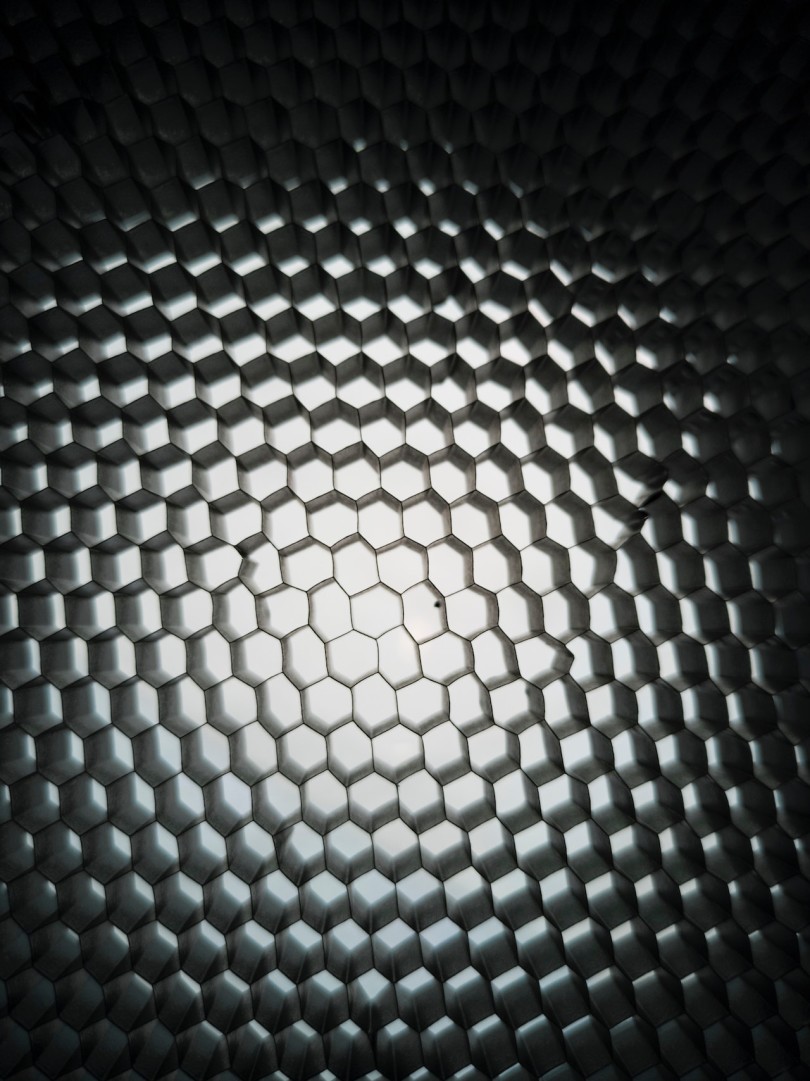How does Battery Energy Storage work?
19 Apr 24
Enviro ChatThe Global News Source for the World of Science and Chemicals
02 January 2023
Enviro Chat
At just one atom thick, graphene is the thinnest material known to mankind. However, it’s made of stern stuff, being over 200 times stronger than steel. These incredible properties, alongside its ability to absorb light and conduct both electricity and heat, have earned it the moniker of the world’s “wonder material”.
Graphene was first isolated by scientists at the University of Manchester and now, that institution has signed a partnership with the Khalifa University of Science and Technology in Abu Dhabi. Together, the two education centres will pool their resources and their knowledge to expedite research into graphene and bring its amazing potential to fruition as soon as possible.
Graphene’s lightweight yet extremely robust properties mean it has the potential to revolutionise a wide variety of industries and infrastructures, making it a key component of a more sustainable society. For example, the use of graphene in next-generation water filtration technologies is being explored as a means of proving a clean and healthy source of drinking water for the world’s growing population.
Elsewhere, its use as a construction and manufacturing material could significantly reduce the emissions associated with a wide variety of sectors. That’s because the production of graphene is far less environmentally damaging than almost all other materials and, if deployed at scale across the world, could contribute towards a carbon-zero tomorrow.
Graphene is also being touted as a perfect fit for the energy storage industry. With renewables providing a sustainable but intermittent alternative to fossil fuels, bigger, better and more efficient batteries will be required to store the electricity they generate. The super high performance and impressive capacity of graphene might make it an ideal choice.
For all of the reasons mentioned above, it’s clear that developing and deploying graphene solutions around the globe has the potential to make our lives so much more sustainable. The partnership between Graphene@Manchester and the Research & Innovation Centre for Graphene and 2D Materials (RIC-2D) is to be welcomed due to the collaborative power that the two institutions will wield together.
As well as facilitating the exchange of experiences and the proliferation of new concepts and solutions, the agreement is also expected to boost investment into the substance. Those funds will be jointly allocated to projects undertaken by both universities and will provide the capital necessary to further graphene research and take this revolutionary technology to the next step.
“This provides an opportunity to fast-track technologies that are urgently needed to tackle immediate challenges like climate change or the energy crisis,” explained James Baker, CEO of Graphene@Manchester. “The University of Manchester and Khalifa University will play a key role in connecting our ambitions by synchronising new research with key industry and supply-chain companies across a range of sectors.”
DOWNLOAD PDF

2 Day Seminar Program
@ ArabLab+ 2024
24 & 25 September 2024
Your stay in Dubai
Labkit
Product News
Chemkit
Product News
Thinking about exhibiting at ARABLAB 2024? Watch our video to find out more.
Join the world’s leading organisations…
Join our mailing list and receive the ARABLAB newsletter and event updates.